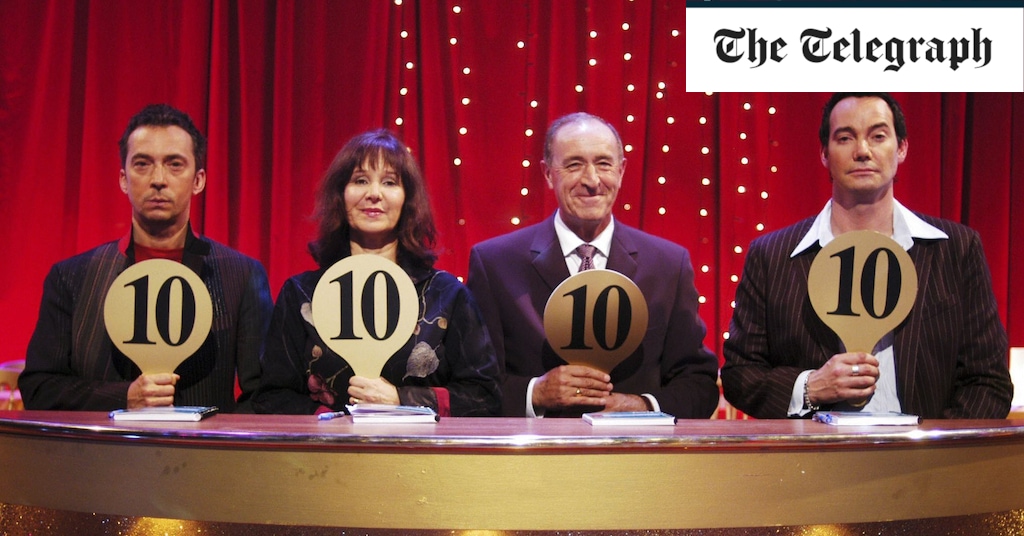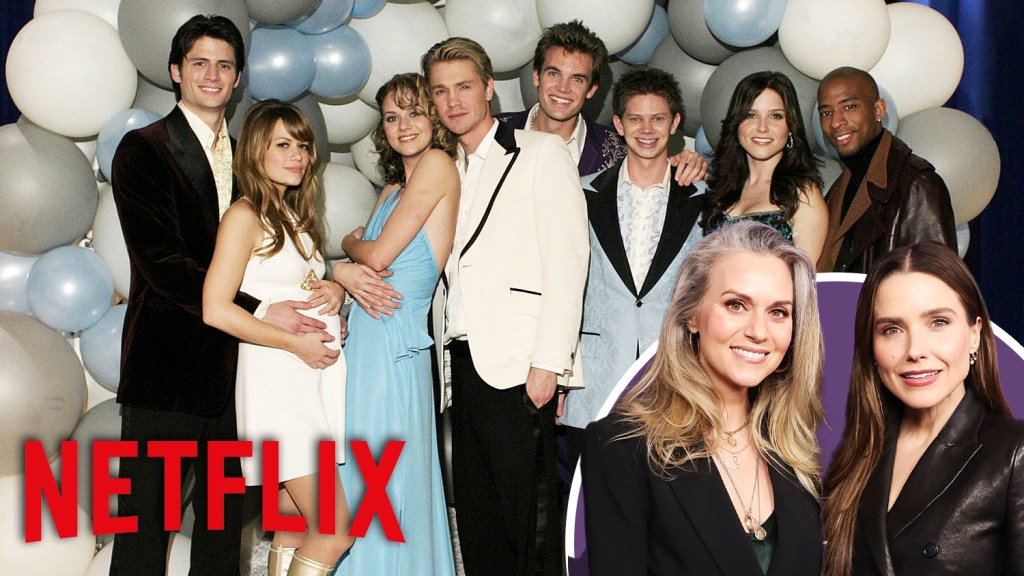Strictly's Early Days: A Lesson in Evolution for BBC Bosses

The glitz and glamour of *Strictly Come Dancing
today might make viewers forget its humble beginnings. Looking back at the first season, now almost two decades old, reveals a show that was still finding its feet, and holds valuable lessons for the BBC bosses who oversee its production today.
The early episodes show a raw energy and a sense of discovery that has since been polished to a high sheen. Back then, the contestants weren't celebrities vying for the Glitterball Trophy, but rather personalities from the world of broadcasting and entertainment. One such contestant, the formidable antiques dealer David Dickinson, exemplified the early show's blend of endearing awkwardness and surprising tension. As he struggled with his routines, his frustration boiled over, leading to a memorable outburst: "Let me get one thing clear here, I'm trying my best!"
Even Bruce Forsyth, the show's charismatic host, seemed to sense the potential for drama, quipping, "Over the next eight weeks, you'll see sequins fly, frocks being flung and bad-tempered tantrums. And that's just in the boys' dressing room." He couldn't have known the extent to which those predictions would be fulfilled.
The show's early days were also marked by a distinctly different aesthetic. Tess Daly, the current co-host, looked almost unrecognisable, her youthful appearance a stark contrast to her more mature presence today. Len Goodman, the beloved judge who sadly passed away in 2022, sported a full head of hair, while Craig Revel Horwood, the resident "Mr Nasty," was a picture of youthful exuberance, his hair slicked back and his attire a far cry from the stylish suits he wears today.
The judges' commentary, however, remained as sharp as ever. Craig's verdict on newsreader Natasha Kaplinsky, the inaugural winner, was a scathing "dull, dull, dull." It was this performance, partnered with Brendan Cole, that ignited the infamous "Strictly curse," a rumour mill that would persist for years to come.
The judging panel itself was a far cry from the diverse lineup we see today. Arlene Phillips, the only female judge at the time, would later be the subject of a controversial dismissal. Many of the professional dancers from those early seasons have since faded into obscurity, their names barely remembered (Hanna Karttunen or John Byrnes, anyone?).
The show's technical aspects also showcased the early stages of its production. The set was less polished, the camerawork less slick, and post-dance interviews took place in a cramped dressing room, a far cry from the grand "Clauditorium" balcony we see today.
Looking back at the first season of *Strictly Come Dancing*, we see a show that was still finding its feet, a work in progress that has since evolved into a national institution. The BBC bosses who oversee the show today would do well to remember these early days, and the lessons they offer: that the magic of *Strictly
lies not just in the glamour and the spectacle, but in the raw human drama that unfolds each week, the unpredictable twists and turns that make it such a captivating watch.





